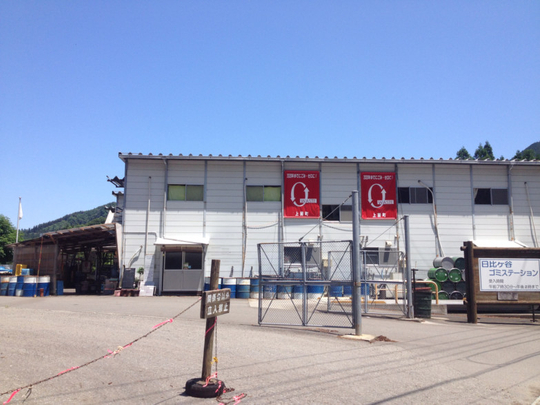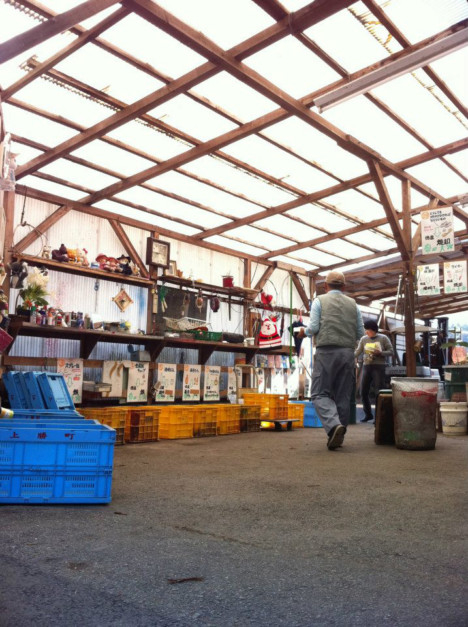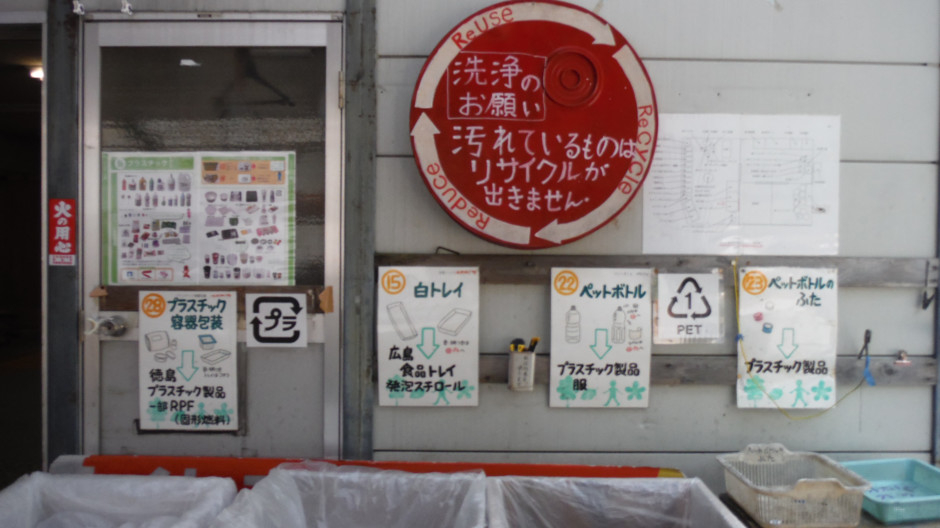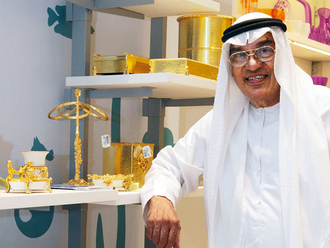
Once upon a time, a little town had a big problem. Kamikatsu, Japan, a tiny village in south-western Japan was using an open-air incinerator to process all its waste up until 2003. But burning all the waste was hurting the pristine surroundings as well as the health of its aging population. Coupled with the Japanese government’s decision to ban open-air incineration, the municpal corporation decided to tackle the waste issue by making a ‘Zero Waste Declaration’ in 2003.
Since its implementation in 2003, the residents have successfully reduced the waste they produce by 80 per cent. By 2020, they aim to go completely zero waste.
So, how does an entire town implement such a rigorous waste management programme? Simple. The residents collect all their waste, wash it clean — with warm water if necessary to remove food or oil residue — sort it into a whopping 34 categories (bottles and caps separated) and take it to the single recycling facility in the town. There, a monitor ensures all the waste has been placed in the right containers before it is sent for recycling.
Predictably, the programme was met by resistance from the residents who had to painstakingly clean and sort the garbage.
Akira Sakano, Chair of the Board of Directors of Zero Waste Academy, a non-profit organisation in Japan, said Kamikatsu has come a long way from that initial hesitation.
“Initially, of course, most of them didn’t understand and got confused. At the same time, they claimed that this is bad for the elderly,”
But today, Zero Waste has become a part of the town’s culture.
“The recycling center itself is now the most used community place for the town – since every one visits the place to bring their waste, and they meet up with others and that’s where the communication happens,” Sakano said.










